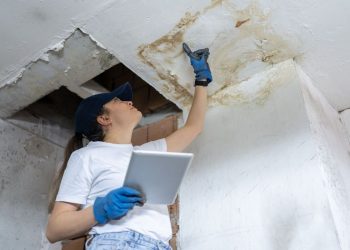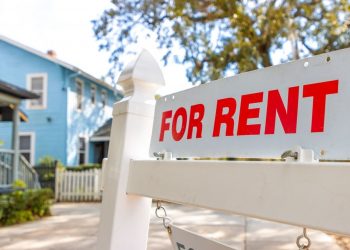If your house is severely damaged and you can’t live there while it’s being repaired, your homeowner’s insurance policy’s additional living expenses (ALE) coverage should kick in. This is a standard form of coverage that can pay for extra living expenses that you incur while your home is uninhabitable.
When ALE Coverage Applies
You’ll only be eligible for coverage if your house is damaged by a covered peril, such as a storm or a fire. ALE coverage can also apply if you have to leave your home because of a mandatory evacuation order related to a covered peril. For example, if you’re ordered to evacuate because of an approaching storm, your additional living expenses can be covered. If your house gets damaged by something that isn’t covered, you won’t be eligible for coverage for additional living expenses.
What Additional Living Expenses Coverage Will and Won’t Pay For
This portion of your homeowners insurance policy will pay for extra living expenses that you incur because you can’t live in your house. For example, your insurance can cover the cost of a hotel or a rented house, restaurant meals, fees to board your pets, furniture rental and laundry costs.
Your homeowners insurance policy will cover additional living expenses associated with a covered loss, not all living expenses. For instance, the insurance company will compare the amount you spend eating in restaurants to the amount you ordinarily spend on food, and it will cover the difference, not the total amount you spend eating out while you’re displaced.
ALE coverage is meant to help you maintain your current standard of living while your house is being repaired. If you live in an average house, you will have a hard time getting your insurance company to foot the bill for you to stay at a luxury hotel or rent a mansion.
Your coverage for additional living expenses won’t apply to repairs to your home or bills to replace your belongings that were damaged or destroyed. Those expenses will fall under other sections of your homeowners insurance policy.
Coverage for additional living expenses is limited. It’s usually listed as a percentage of the dwelling coverage limit. Your insurance company may only cover additional living expenses for a limited period of time, and you may have to pay a deductible.
Ask About Your Coverage for Additional Living Expenses
If your house is damaged by a covered peril and is uninhabitable, contact your homeowners insurance company as soon as possible to file a claim. Inquire about your ALE coverage and the procedures you should follow to get reimbursed.
You will have to provide receipts, and the insurance company may ask you to separate your additional living expenses into categories, such as housing, utilities and food. The company will most likely reimburse you for expenses as you incur them. That way, you won’t have to pay a large sum out of pocket and wait to receive one check.











